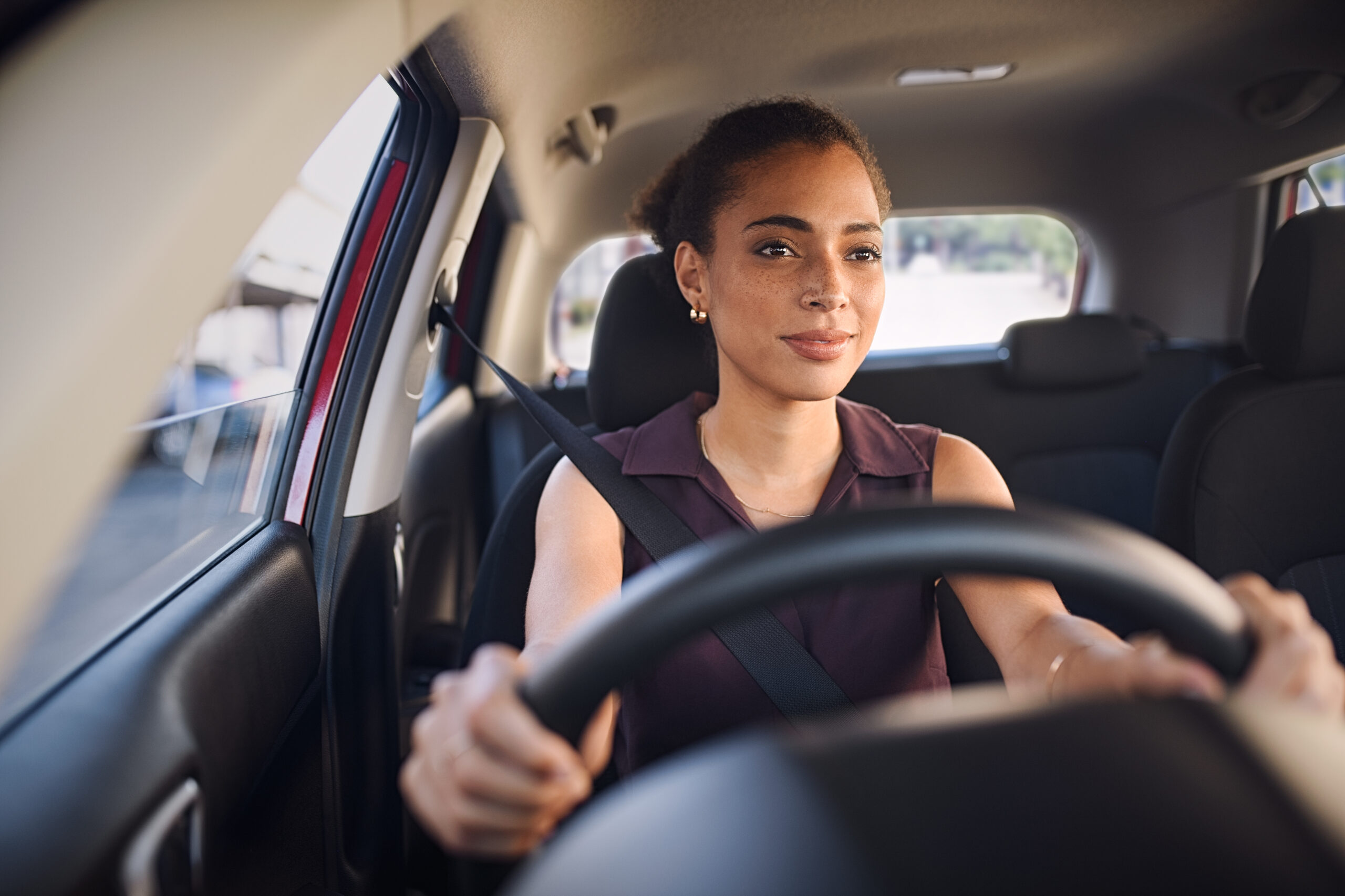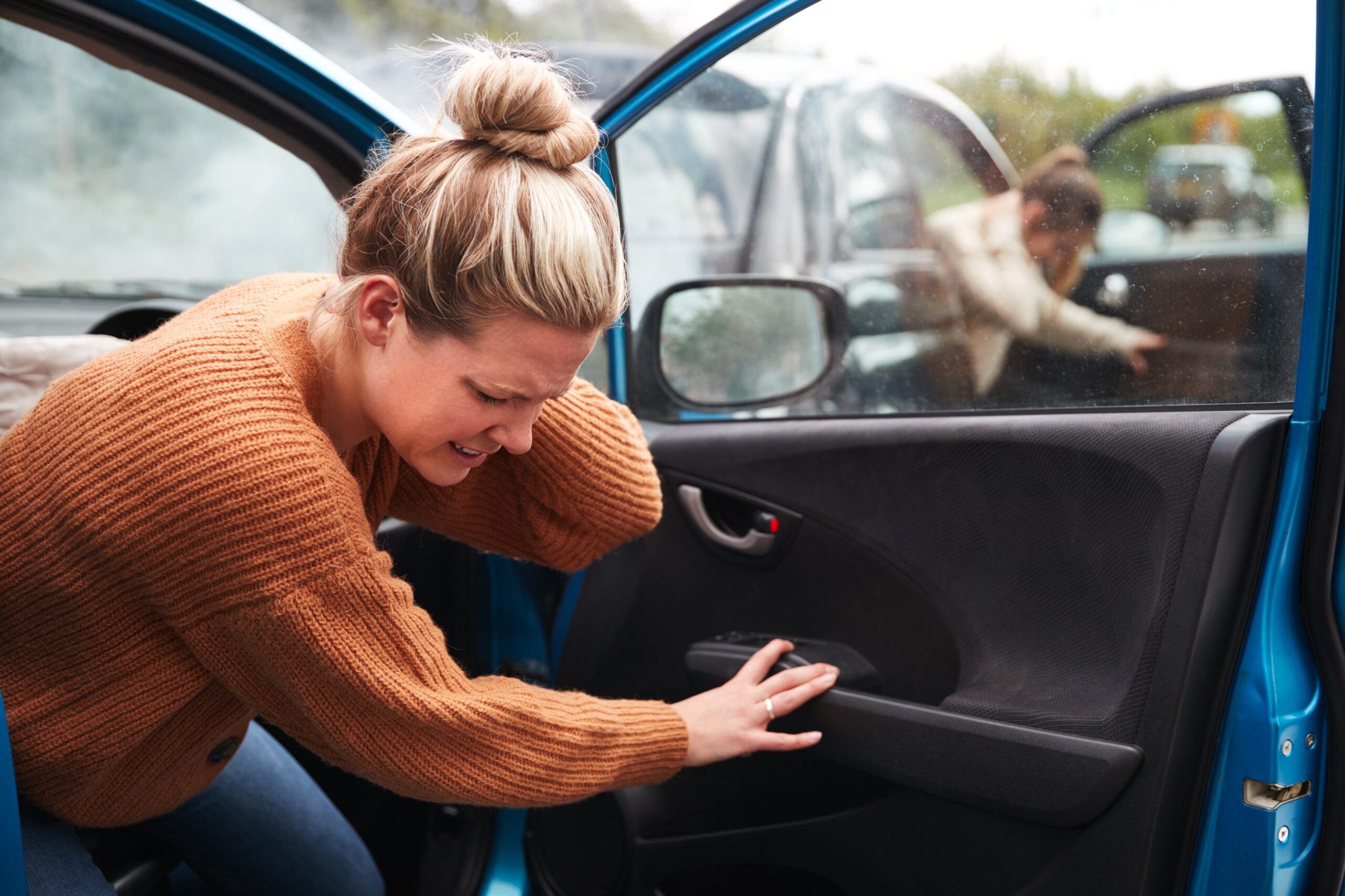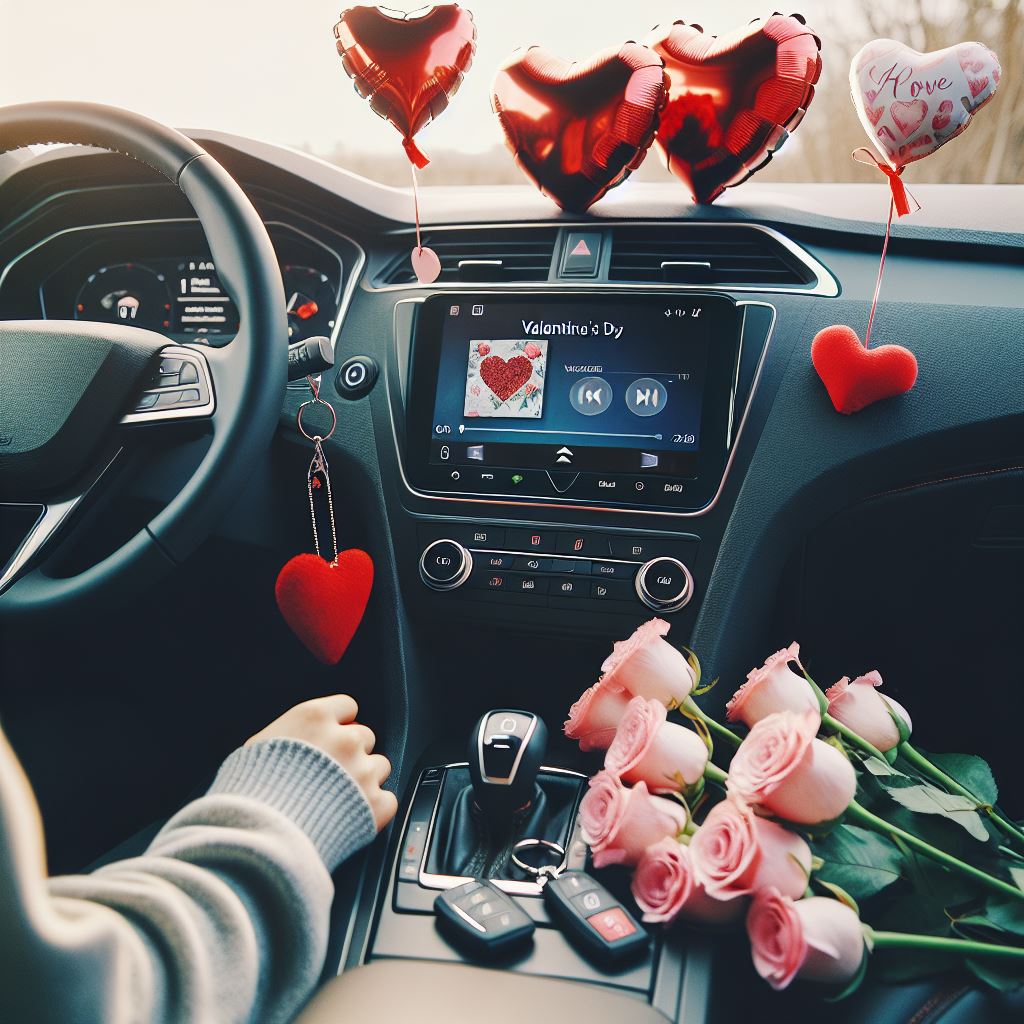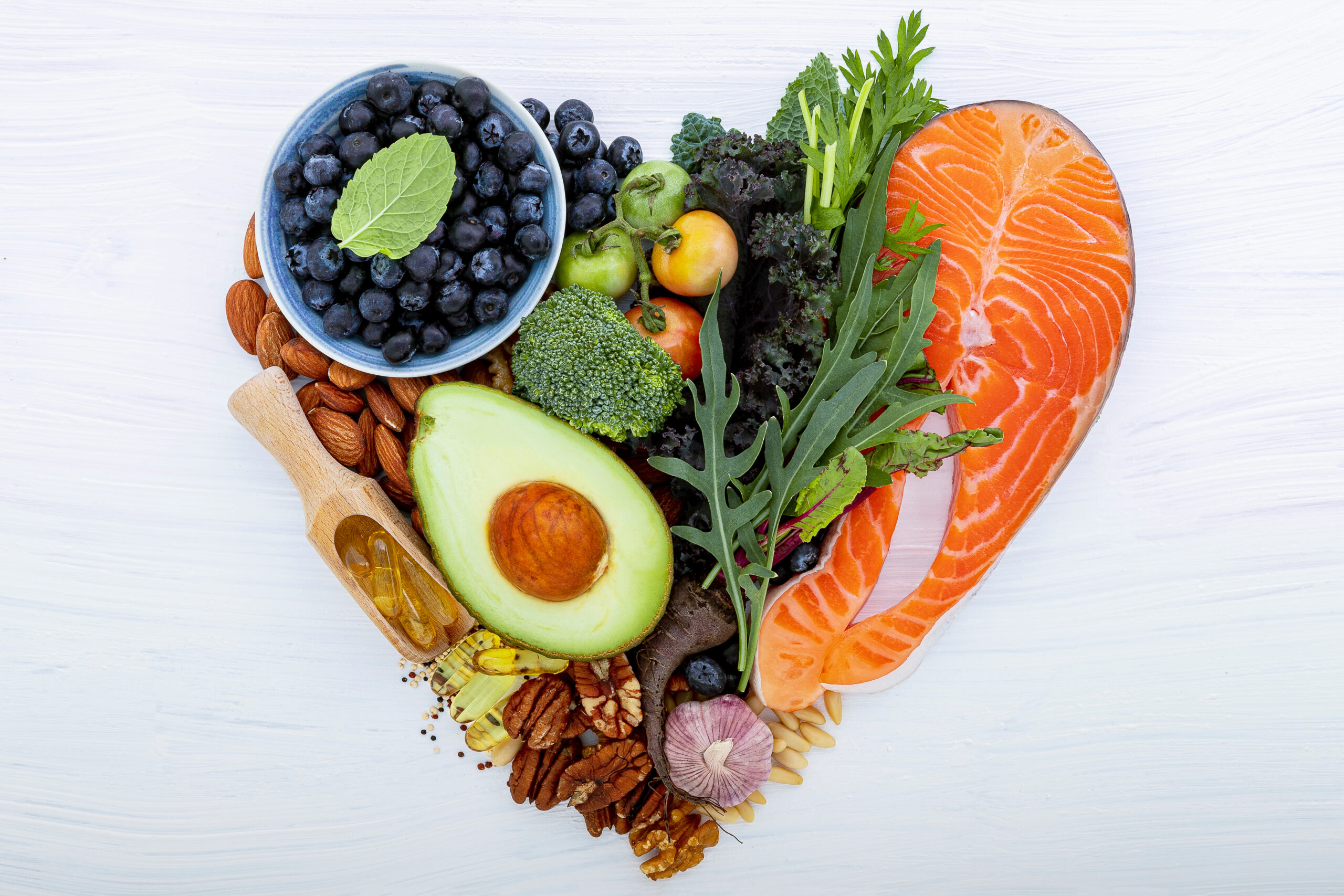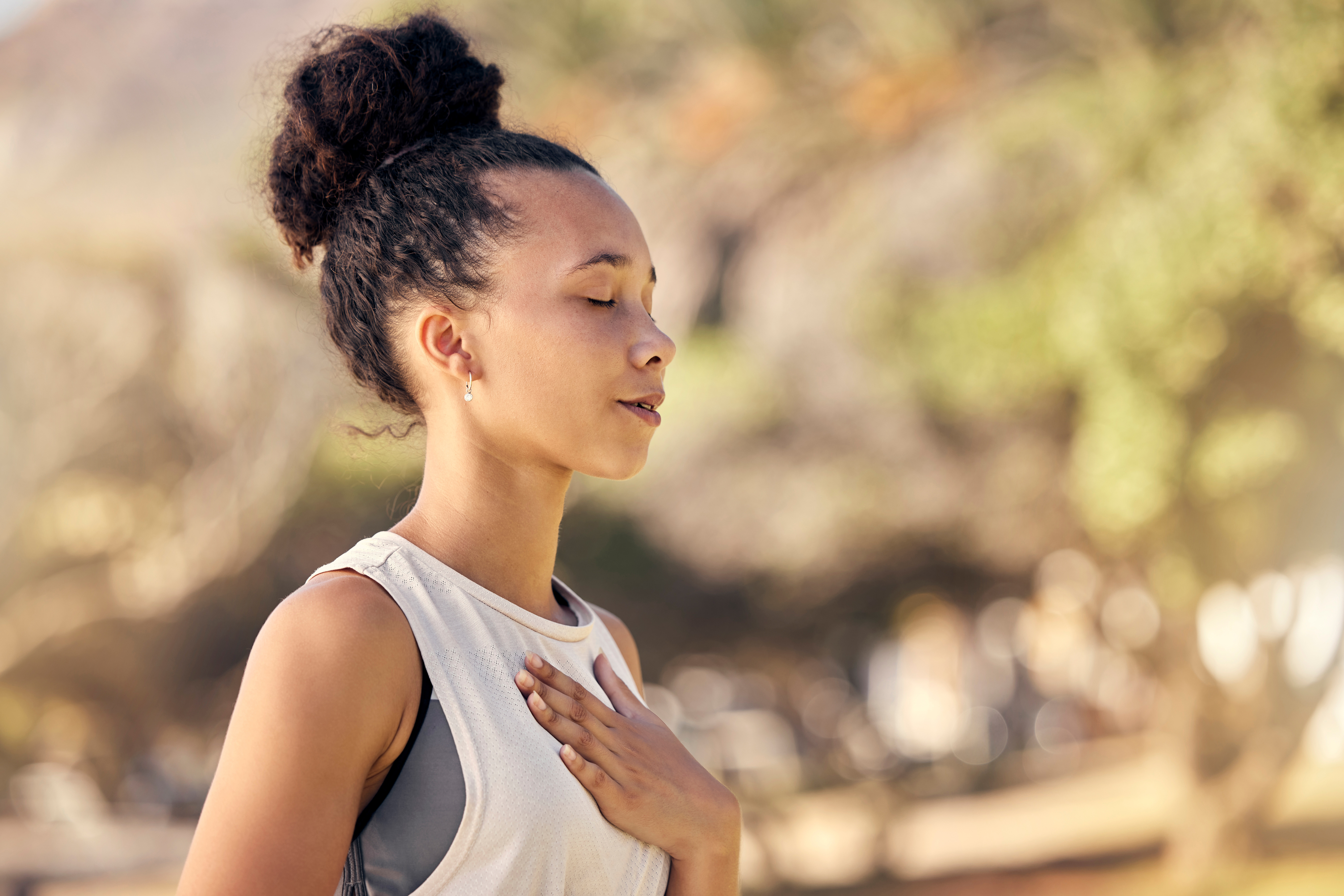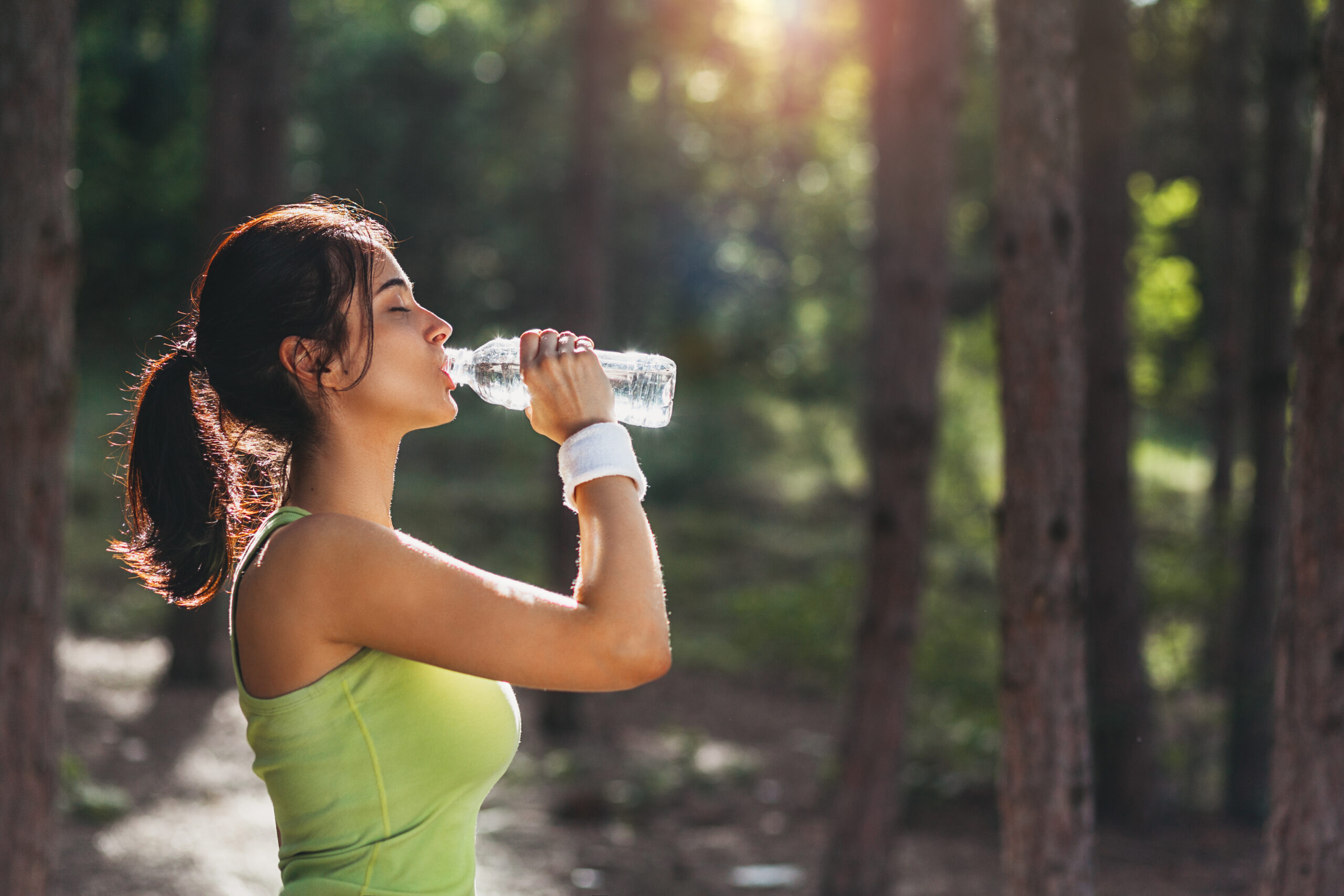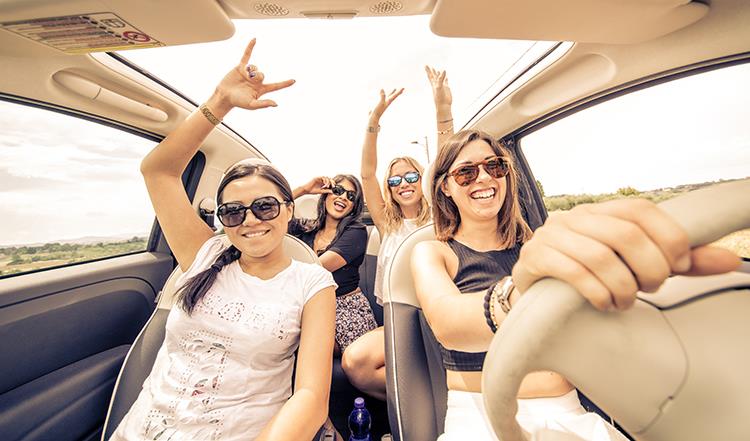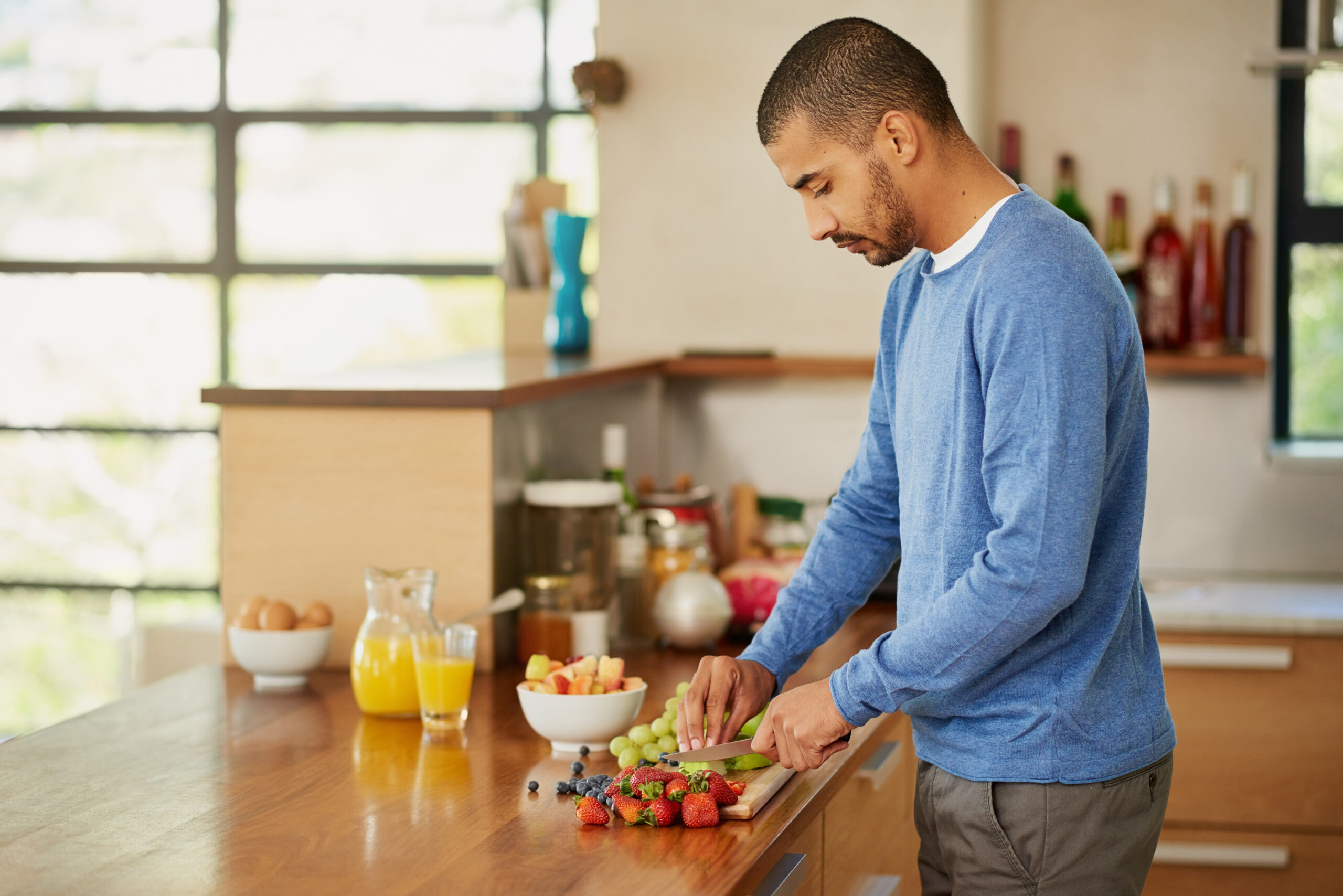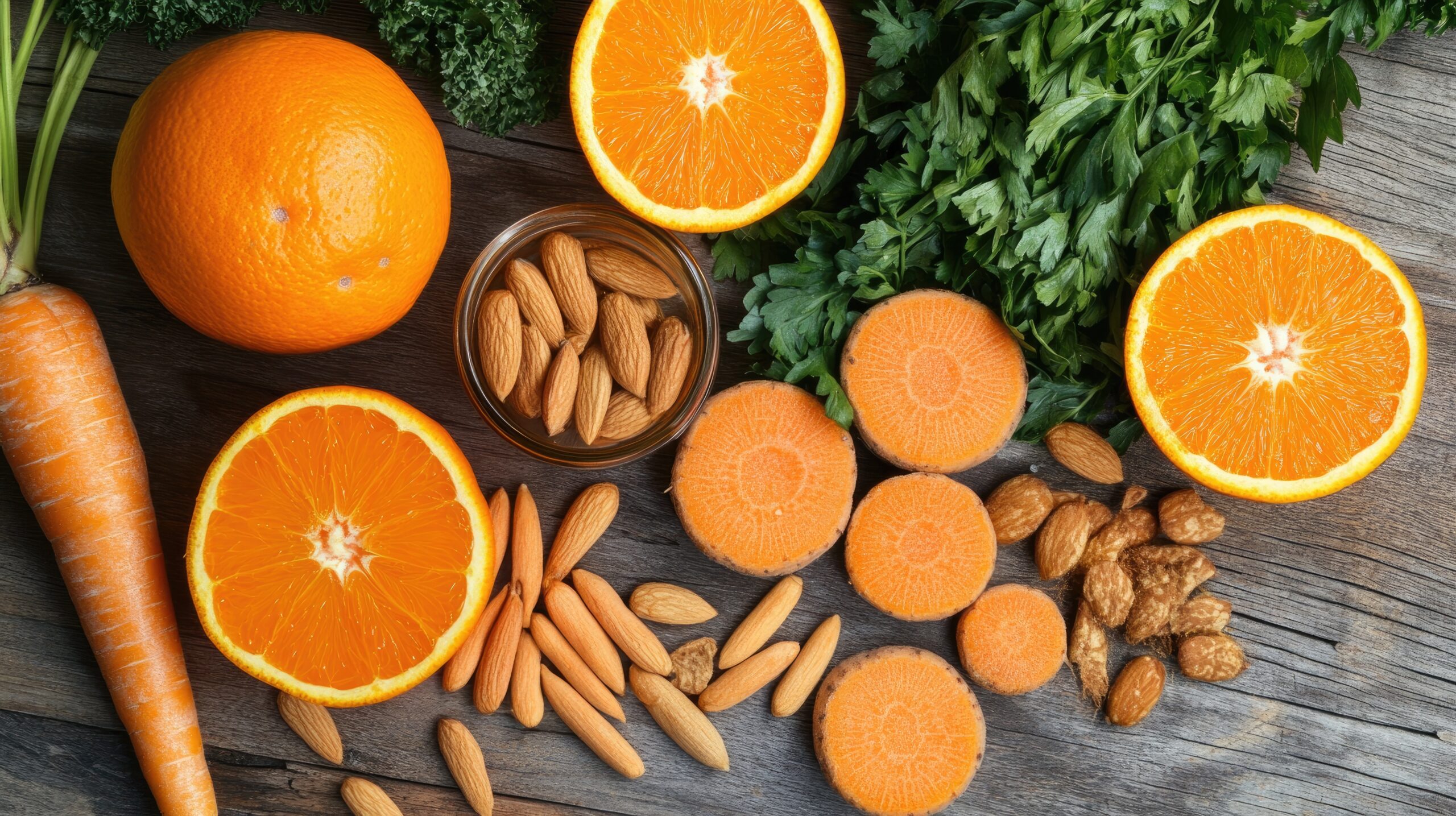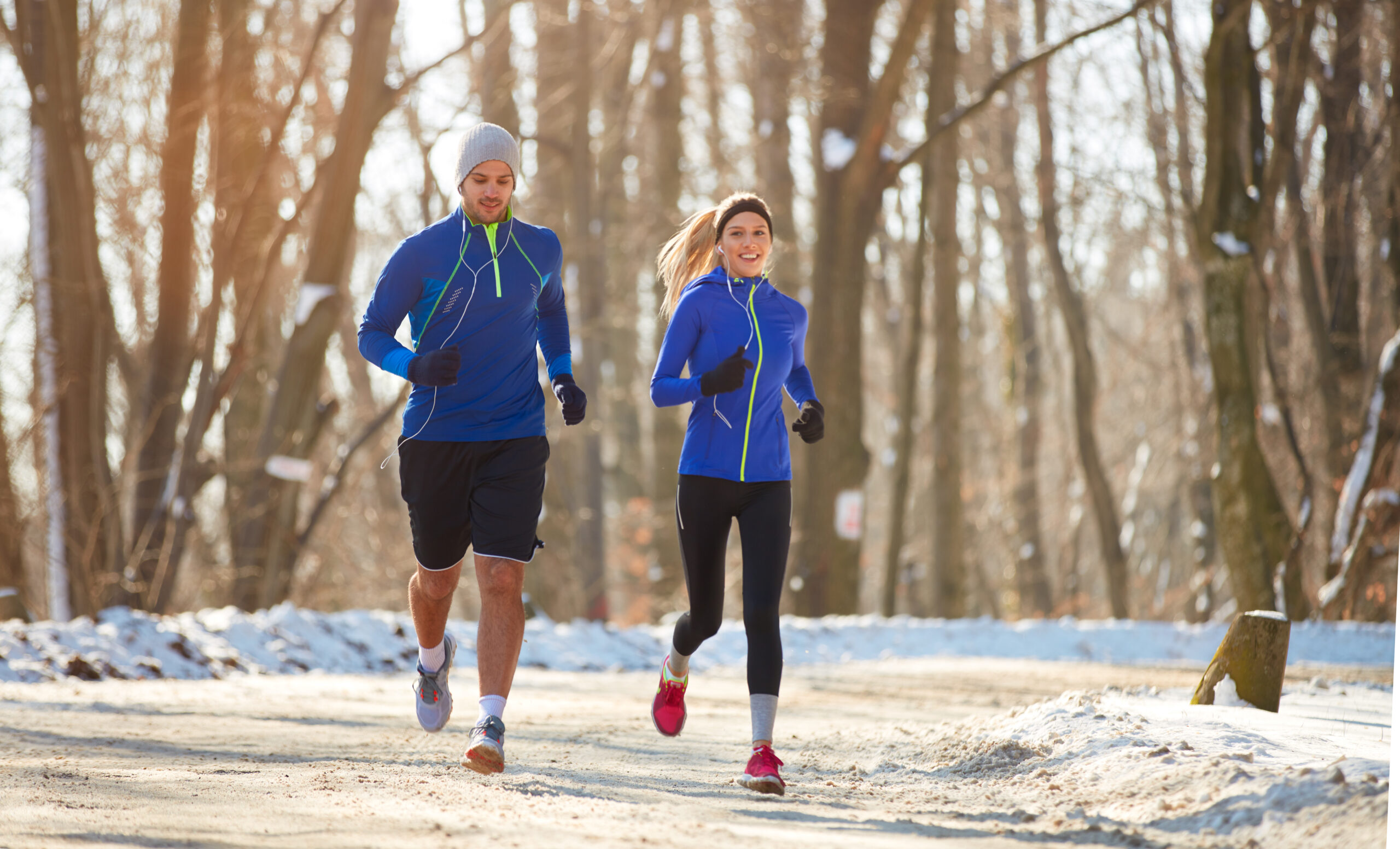As a car owner, an annual MOT can be a source of anxiety. If you’re wondering how to pass your MOT: 6 easy tips can make a significant difference. In 2024, the initial fail rate for MOTs in the UK was approximately 28.2% [1]. A recent survey reveals that nearly a third of motorists are prepared to bypass a scheduled service due to the cost-of-living crisis [2].
Many MOT failures happen because of small, easily fixable issues.
At Vavista, we want to help you keep your car running well so you pass your MOT first time with flying colours. Here’s 6 Easy Tips to Avoid Common Failures.
Tip: You can check when your MOT is due and the history of your vehicle on the GOV.UK website. This can remind you what it’s failed on in the past and stay on top of any potential issues.
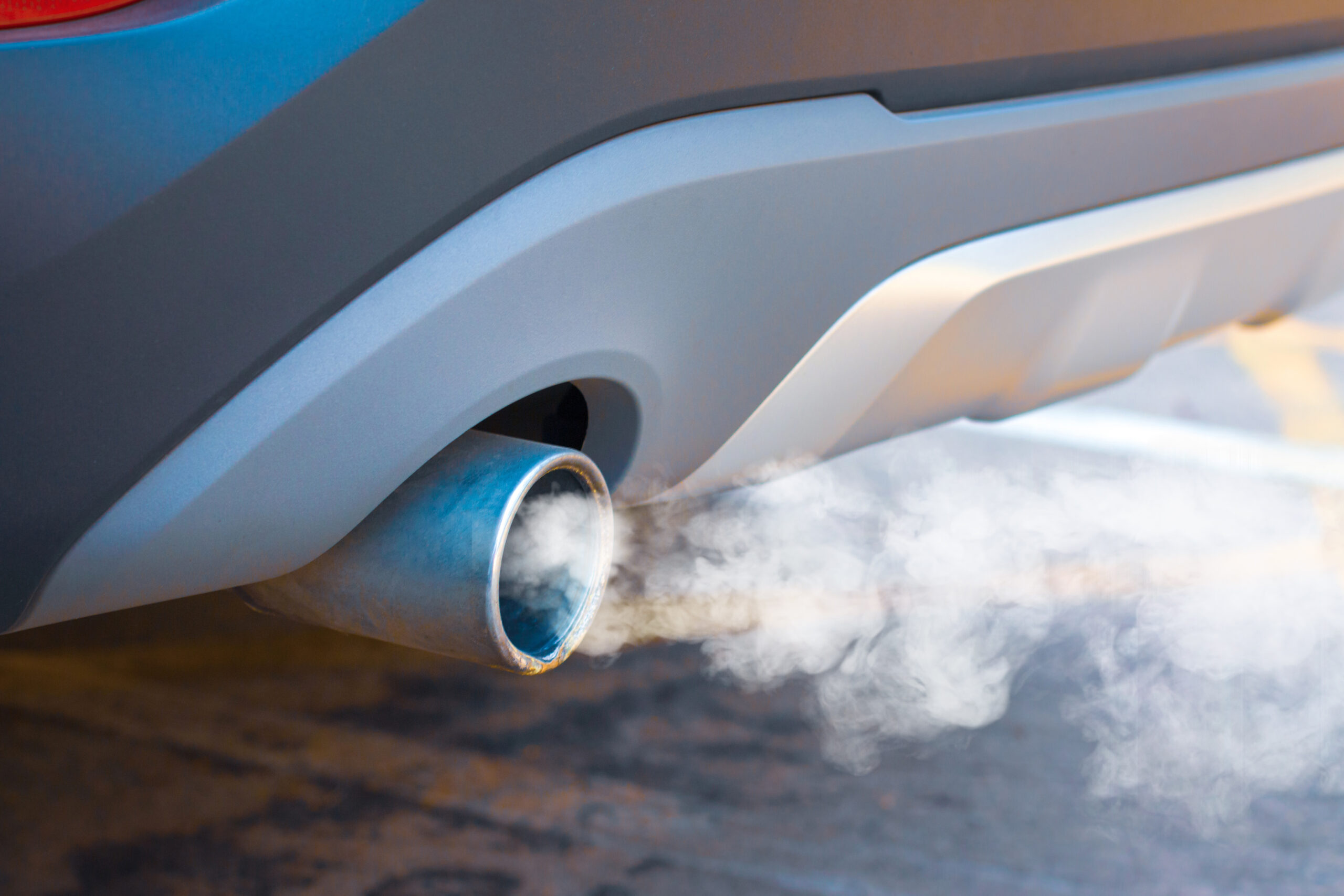
-
Check Your Lights and Signals
One of the most common reasons for MOT failures is faulty lights and signals. In 2023, nearly 30% of MOT failures in the UK were due to issues with lamps, reflectors, and electrical equipment [2]. First, test all your lights, including headlights, brake lights, indicators, and number plate lights, to ensure they are working correctly. If needed, replace any blown bulbs and clean any cloudy lenses to ensure maximum brightness. Moreover, you can usually buy the bulbs and get them fitted for free at a local hardware store like Halfords.
-
Inspect Your Tyres
Tyres are crucial for your car’s safety and performance. In the UK, tyres, wheels, and suspension issues accounted for around 10% of MOT failures in 2023. [3] Check the tread depth – it should be at least 1.6mm across the central three-quarters of the tyre. You can do this with a 20 pence piece, by placing it in the tyre tread and making sure the outer band is obscured. Also look for any signs of damage, such as cuts or bulges. A simple way to avoid tyre issues is to make sure your tyres are inflated to the correct pressure. Read our Ultimate Guide to Car Tyres for more information.
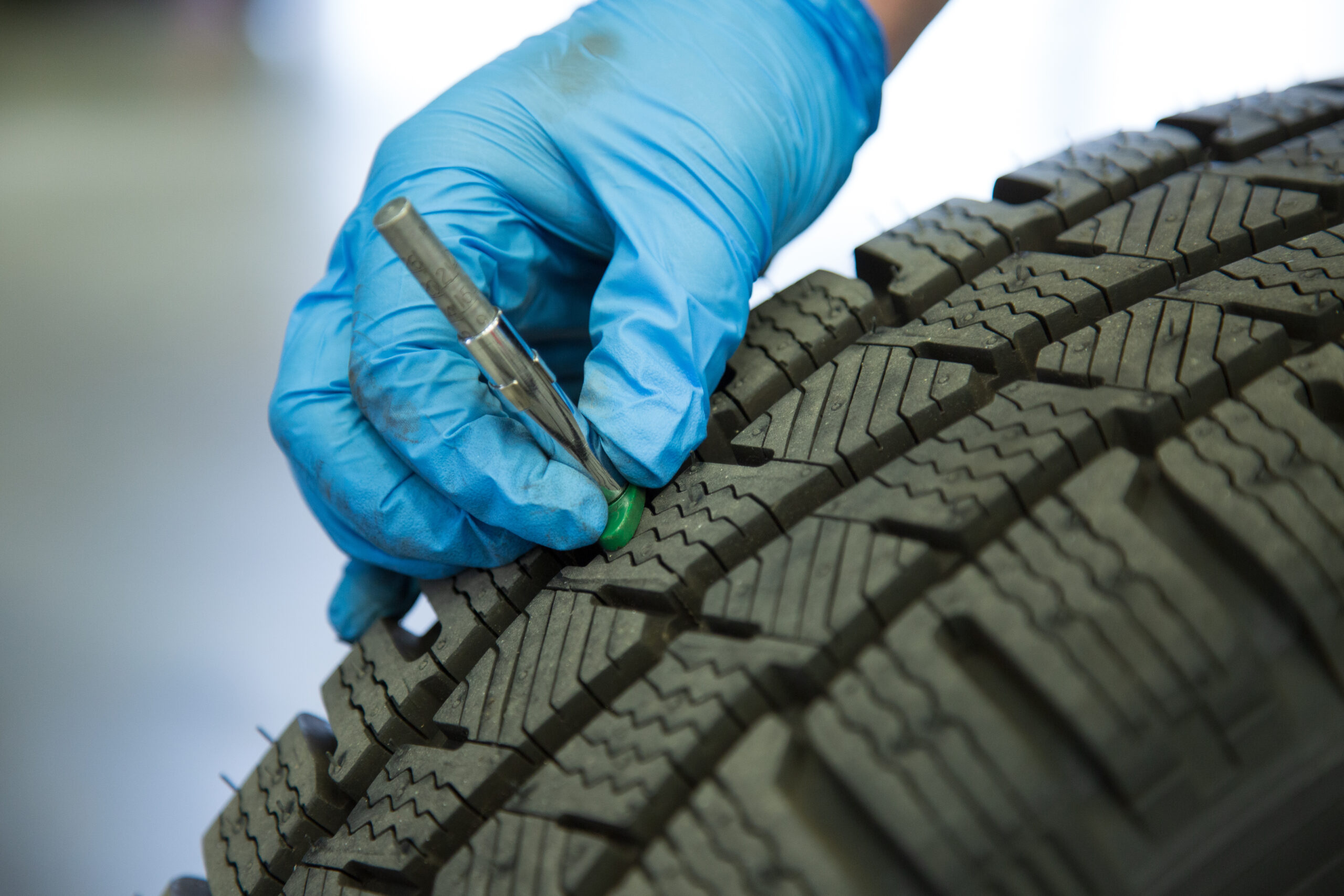
-
Examine Your Windscreen and Wipers
A clear view of the road is essential for safe driving. Check your windscreen for any cracks or chips, especially in the driver’s line of sight. Check your wipers regularly and replace them if they are worn or don’t clear the windscreen effectively. Additionally, you can buy wipers that are easy to fit yourself in local hardware stores like Halfords and even large supermarkets.
-
Check Your Mirrors
Furthermore, make sure all your mirrors are securely attached and provide a clear view of the road behind you. Mirror issues, while less common, can still lead to a failed MOT. Replace any cracked or damaged mirrors to avoid an MOT failure.
-
Test Your Horn
Your horn must be loud enough to be heard by other road users. Press it down to test it, and make sure it’s working correctly and replace it if it isn’t.
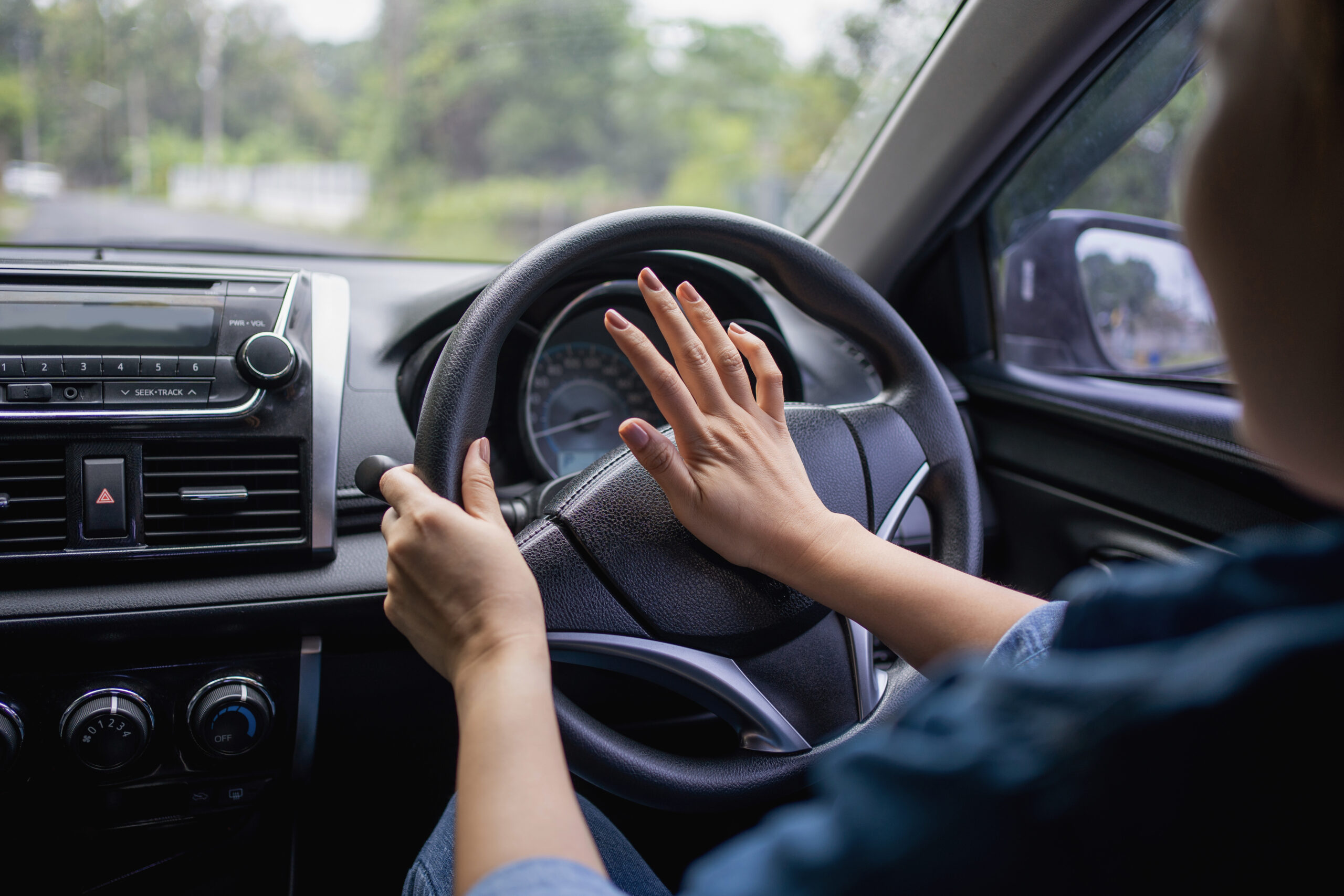
-
Inspect Your Number Plates
Additionally, your number plates need to be clean, readable, and securely attached. Give them a clean and make sure they’re not loose before your MOT. Finally, ensure the font and spacing meet legal requirements to avoid an MOT failure.
By taking the time to perform these simple checks, you can easily avoid failing your MOT for a fixable reason. Regular maintenance not only helps you pass your MOT but also makes sure your car is safe and roadworthy.
Get a quote today and drive with confidence knowing you’re covered by a brand that cares about your safety and peace of mind. Visit our website or contact us to find the best car insurance quote for you.
[1] Millions of drivers prepared to skip car servicing to save money | This is Money
[2] Is your car one of the most likely to fail an MOT? Ten models with pass rates below 50% this year | This is Money
[3] MOT data reveals extent of unroadworthy vehicles
Disclaimer: Articles are for general information only – customers should always seek their own independent advice. Vavista is not affiliated with the organisations/businesses mentioned and does not recommend or endorse any of the included products or services. For more information, click here.
